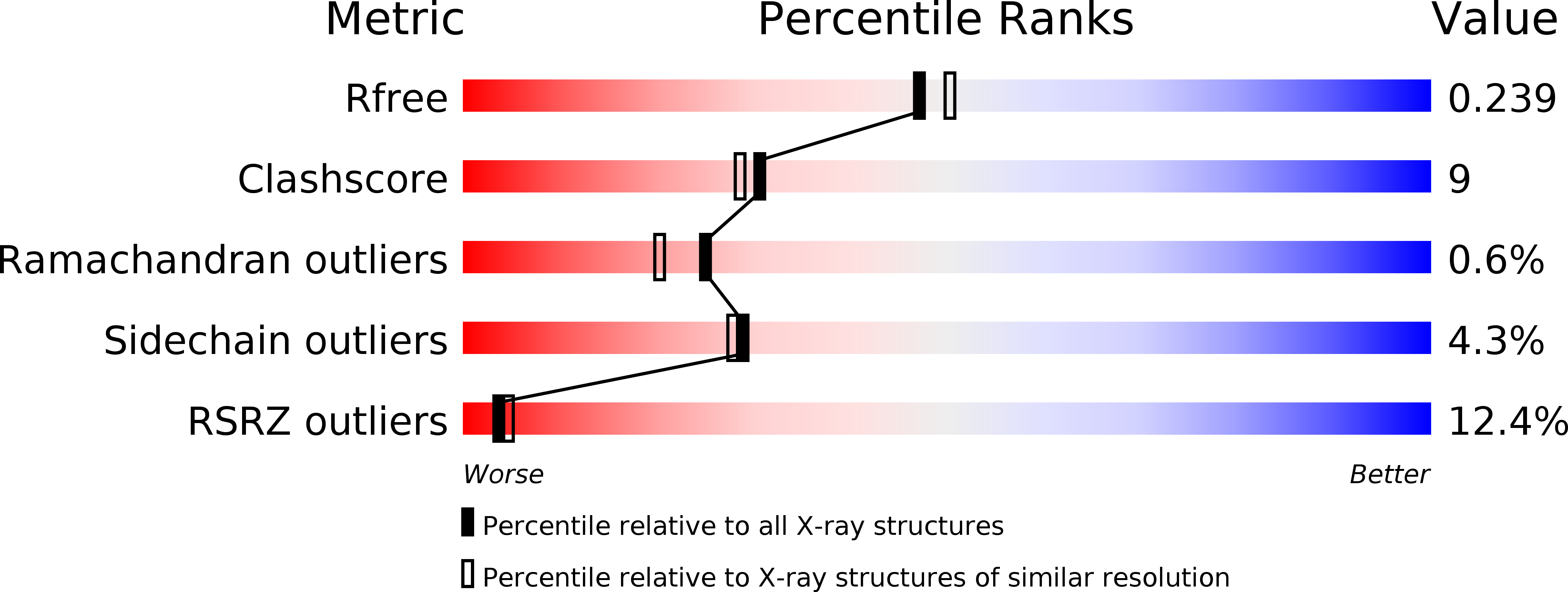
Deposition Date
2008-04-03
Release Date
2008-11-25
Last Version Date
2024-10-30
Entry Detail
PDB ID:
3CQH
Keywords:
Title:
Crystal Structure of L-xylulose-5-phosphate 3-epimerase UlaE from the Anaerobic L-ascorbate Utilization Pathway of Escherichia coli
Biological Source:
Source Organism:
Escherichia coli (Taxon ID: 562)
Host Organism:
Method Details:
Experimental Method:
Resolution:
2.08 Å
R-Value Free:
0.24
R-Value Work:
0.21
R-Value Observed:
0.21
Space Group:
P 43 21 2


